It has been awhile since we got a new product from the folks at FilmFerrania in Italy. While they are not anywhere close to releasing a slide film (it was a pipe dream from the start in my opinion) they have recently released a slightly slower film from their original P30 release. It has also taken some time for this film to reach me here in North America. But it was well worth the wait, because it takes a lot to make a film, so any new film in 2023 is a good thing for the eco-system. Of course, Orto is not without challenges, it doesn’t have many ‘normal’ development times, so for the first time in one hundred reviews, I have two rolls that were stand developed!
Film Specs
Type: Orthochromatic B&W
Film Base: Polyester
Film Speed: ASA-50, Latitude: ASA-6 to ASA-80
Formats Available: 135 (35mm)
Roll 01 – Kodak D-76
After shooting the first roll, I was reminded how fickle P30 is as a film stock. So I braced myself for the worst to not get my hopes up too high. And I was rewarded because this first roll certainly did not disappoint. Upon removing the negatives from the tank, I noticed they had a lovely density and could see plenty of details. These negatives may seem too dense to some, and they scanned in reasonably bright. But that’s better than being too thin, and these were perfect. I could do some work in Silverfast and Photoshop and pulled out some stunning images. Orto certainly knows how to make an excellent first impression. The photos are incredible; they are smooth, with a lovely contrast and tonal range. This is added to with stunningly fine-grain and delightful edge sharpness. But not too sharp, enough to draw attention without being on the razor’s edge. You also get a nice touch of sky separation; the green filter helped.


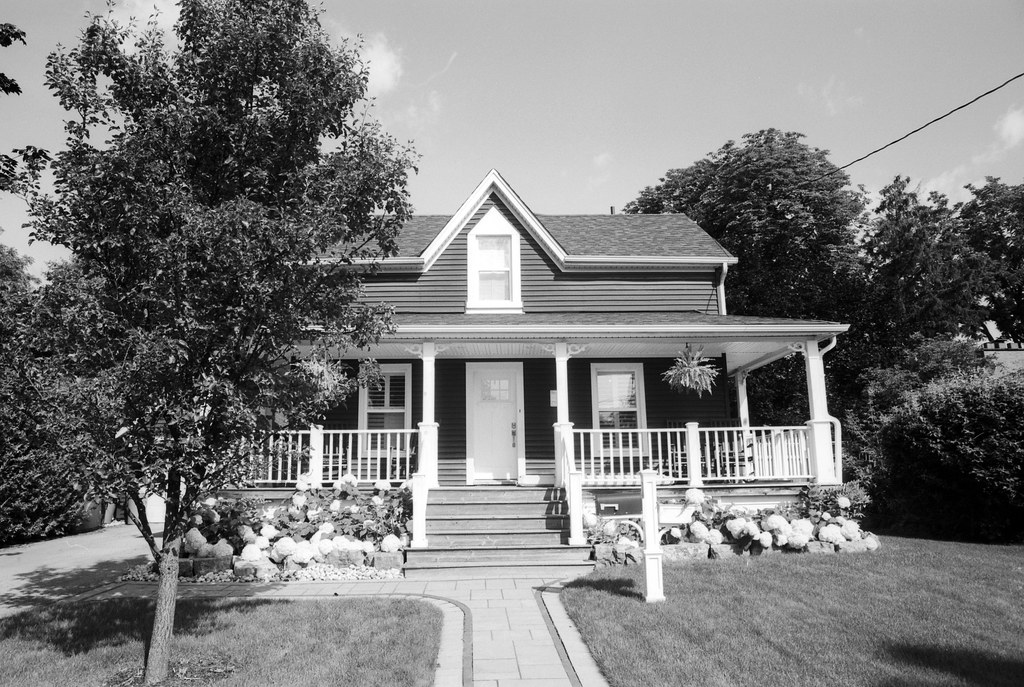

Roll 02 – Ilford Ilfotec HC
Usually, when using a stand-development method with Ilfotec HC/HC-110, I’m expecting to work with something far more dilute, in the 1+150 range, not a ‘standard’ dilution of 1+119 (Dilution G in HC-110 speak). But again, Orto surprised me with some stunning results. Thankfully I was smart and read the Film Ferrania website, and because the day I shot this roll had bright high sun, I gave it a bit of over-exposure, shooting at ASA-40 instead of ASA-50. I also left the green filter off the lens for this role. Now the one thing I did differently from what the webpage indicated is adding one gentle inversion halfway through development to help reduce bromide drag. Still, it is an unnecessary step. I should have dropped the EI more (maybe ASA-32) or put that green filter back on. Either way, the results were stunning; they looked like what you would get from a reversal process of Orto! The contrast is lush, deep, and feels chrome. Sometimes, it is deeper than others, depending on how the light falls. You get the same fine-grain and excellent edge detail as before.
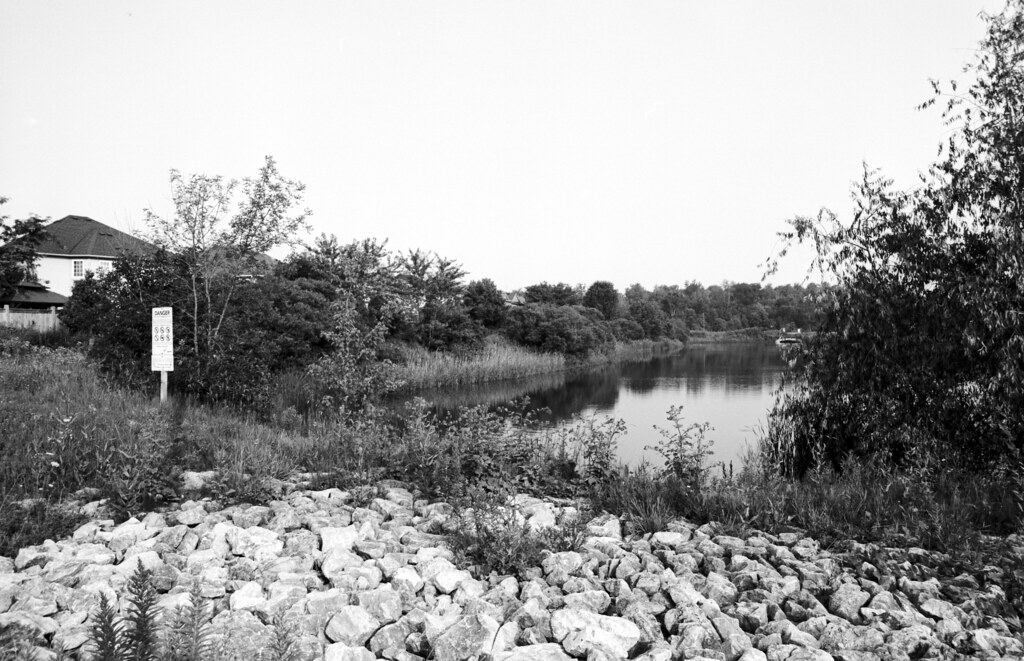



Roll 03 – Adox Rodinal
With this third roll I went off script in some parts, but followed others closely. I again went with a green filter in front of this film and it was used on a sunny high-contrast day. The online datasheet calls for no pre-soak (something I always do with my film), but it also calls for gentle agitation and a 14 minute development time at a 1+50 dilution. I went with the no pre-soak but went with a slow constant agitation and dropped the development time down to 12.5 minutes. The first thing I could tell when I pulled the film out from the tank, is that the contrast is ramped up, but there is still some mid-tones. And it certainly showed in the scan, these results are crispy, with lots of contrast and sharp edges. I think the green filter helped out a lot in many cases, and under bright near direct light the results are far better than those in more shaded conditions. Could hand developing it reduced that contrast, probably, but I’m happy with the results I got and well in line with the other rolls I shot. These aren’t my favourite, but in a pinch they will work.

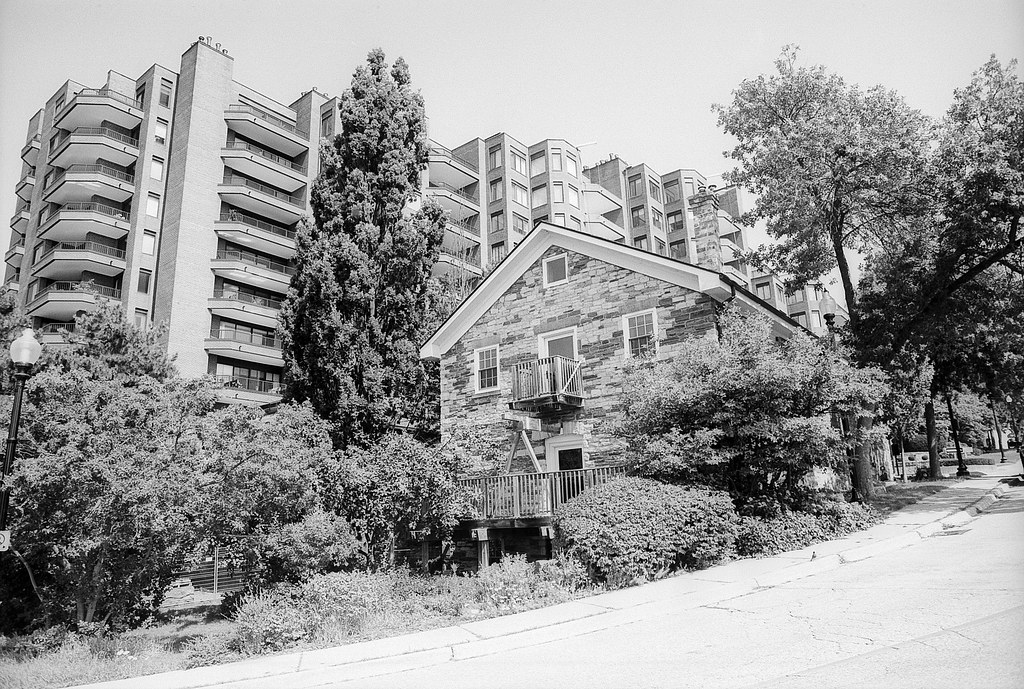


Roll 04 – ZoneImaging 510-Pyro
Here we go again with a stand-development process. While I could have figured out a different method here, I wanted to use a trusted development time off the FilmFerrania website. I use stand or semi-stand development sparingly, mostly because I have at least two or more development cycles to run through in the evening in an average session. But I’ll make exceptions and run them solo for a couple of one-off rolls for a review. I exposed the roll at ASA-50 on an overcast day, as I wanted to see how films respond in different conditions. I also forgot how boring a one-hour semi-stand development session is; thank goodness for Star Trek The Next Generation on DVD. I followed the instructions on the site closely but added two gentle inversions at the thirty-minute mark to avoid bromide drag. When I pulled the negatives out of the tank, I had some concerns; the negatives looked utterly cooked. Primarily because of sitting in a staining developer for an hour, but after pulling them off the reel, I could see some excellent density and fantastic detail. The scans came back blown out, but with Silverfast, I could recover things. And the results speak for themselves; these are amazing, with superb contrast, wide tonality and an almost ethereal quality to the images with fine grain and excellent edge sharpness. But it also depended on where I was to get these results; when I was on campus, the contrast was high even under overcast conditions, while down in the valley, I got a lovely low-contrast look. But I also noticed how inconstant things were from frame to frame. While this combination certainly works, Orto would do better with a 1+100 dilution of 510-Pyro and regular development.
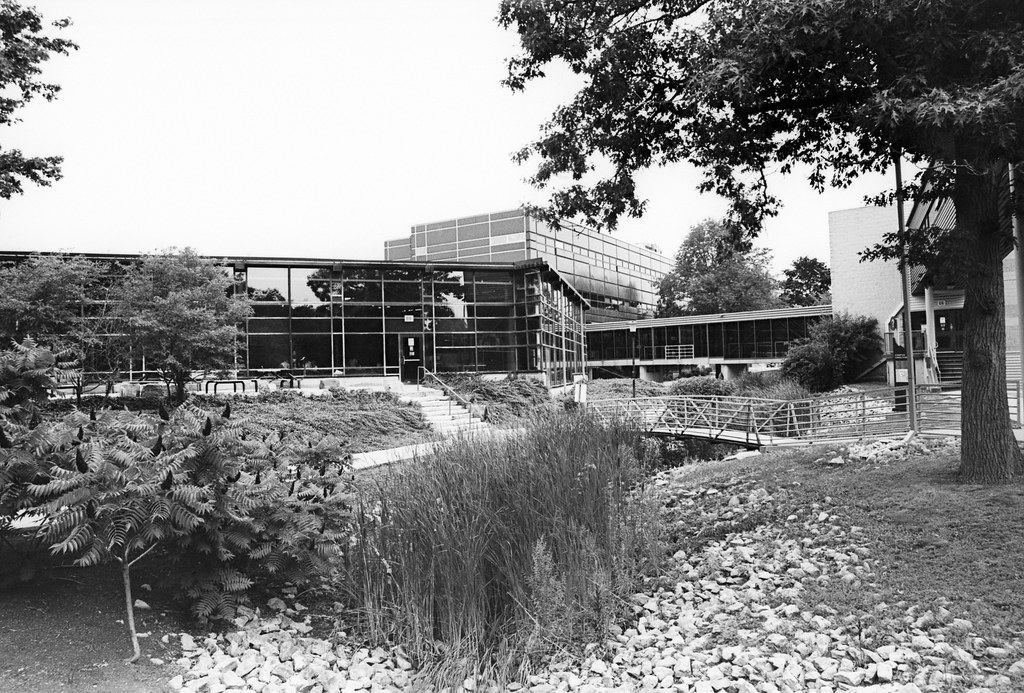
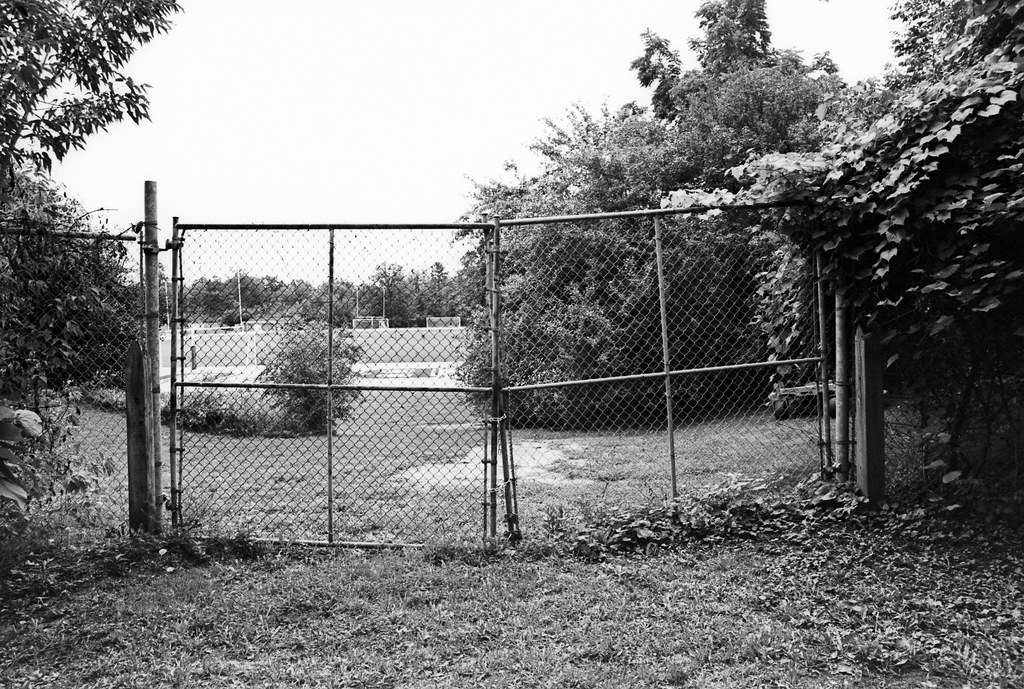
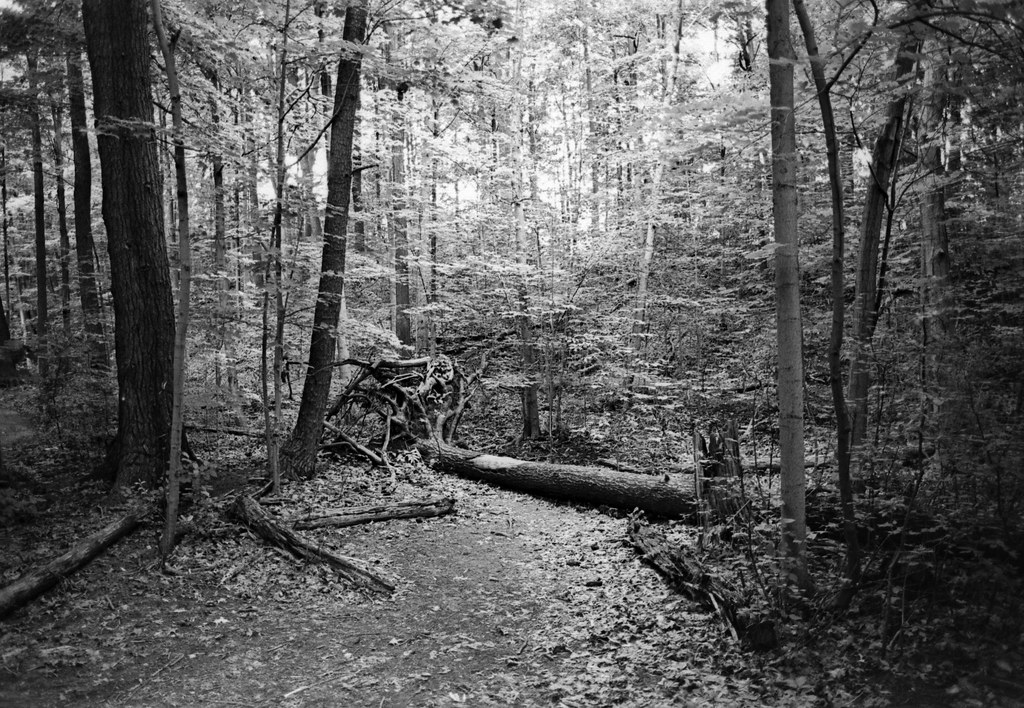

Final Thoughts
There are two big questions surrounding Orto. The first is if this is an original film or a rebadge of an existing stock. The second is similar; is it P30 but with adjusted development times and a different EI on the box? To answer the first question, this is not a rebadge; the evidence posted by FilmFerrania on their social channels shows that they are producing the film in Italy, and the boxes indicate that Italy is the country of origin. Also, the edge markings are unique, including the segmented LCD-style frame numbers. And to answer the second question, the two films are related but are not the same. Despite having similar development times (D-76 and Rodinal), the results are different. With these two answers in mind, Ferrania Orto is a new film, which is a good thing in 2023. Orto handles easily for loading into plastic reels and dries flat. It is incredibly easy to scan, and my V700 and Silverfast handle the film like a dream, with only some work in Photoshop needed to get the final image ready to post. While Orto is far more accessible as a film stock than P30, many new home developers and labs might find the strange development times and processes a bit of a hindrance. There is a lot of stand and semi-stand development, different agitation patterns and even some constant agitation in the mix. Like P30, Orto loves bright even light and a green filter in front will certainly help get things on the level. I also think that in bright hard light, a bit of overexposure will help the film clean up that contrast. Will I use Orto again? I want to try it out in D96 and see if I can figure out some standard development patterns that deliver the same results as the posted times.
Further Reading
Don’t just take my word on Orto, you can check out the reviews by other awesome camera reviewers!
Casual Photophile – Film Review : Ferrania Orto – a Lesson in Patience
Random Camera Blog – One Roll Review – Ferrania Orto 50

Thanks Alex for the review, excellent and helpful. I just shot my first roll of Ferrania Orto. Bright days and blue skies, that blue shows burnt out, I would say. Any comment or experience using color filters to deal with that…? Thanks in advance…